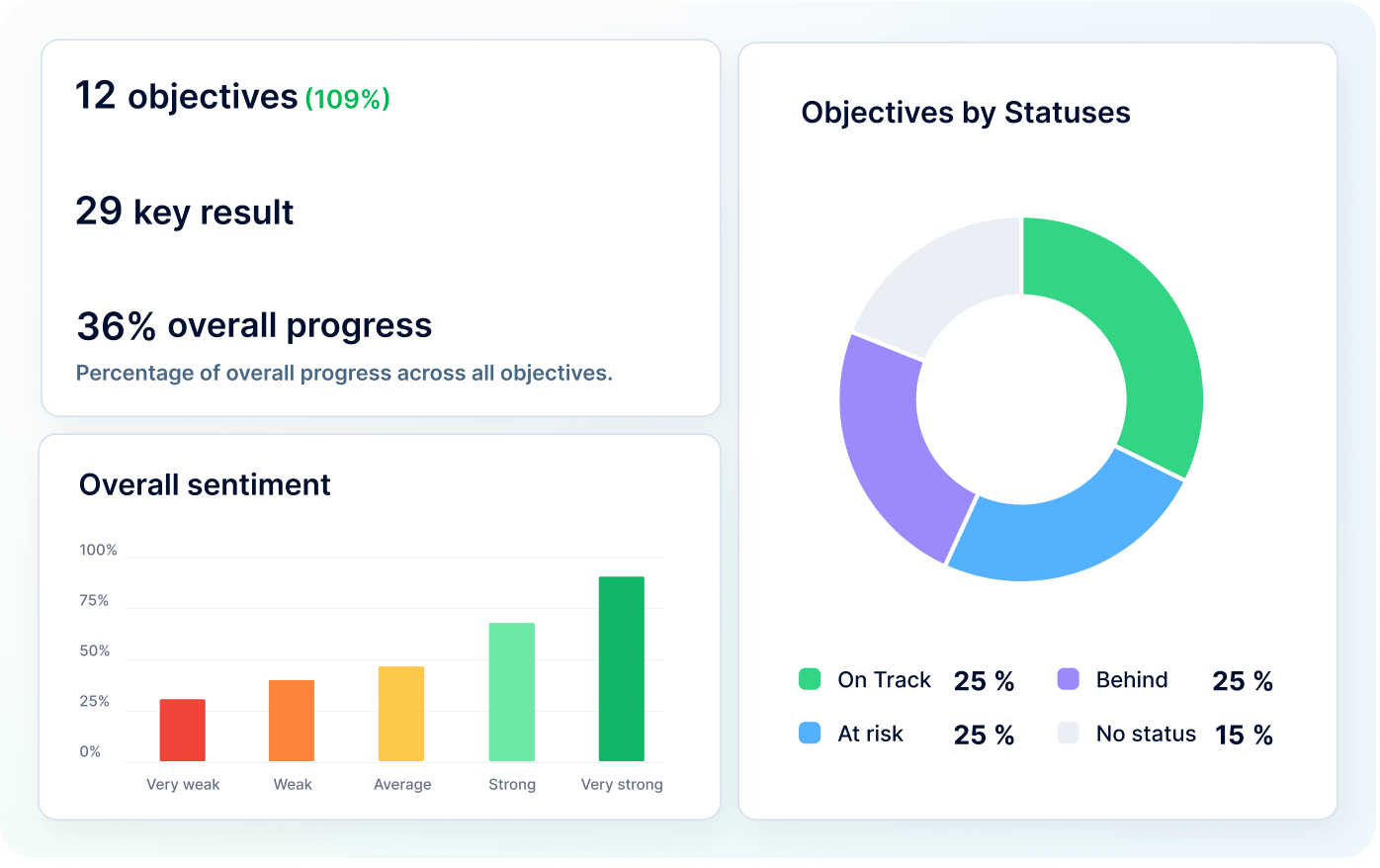
5 key ideas transforming the workplace
Recruitment professionals and employers are adapting to a new reality in a candidate-centric world. We are in golden age of recruiting. There is an astonishingly robust landscape of software tools to help businesses manage HR processes and harness market intelligence. Thanks to the resources and technology available to us today, there is a robust amount of debate going on surrounding the employee-employer relationship and transformations taking place.
In order to think holistically about the HR and the recruiting industry, we must take into account key shifts that are at work and have been for at least a decade at this point. The networked web is increasingly putting pressure on employers to live up to higher standards, softening policy towards becoming more flexible, transparent and accountable. Sit back and think some of these trends and feel free to let us know if there are any you would add in yourself. This blog post seeks to help you clarify and reflect on the recruiting space and we’re excited to be looking at our landscape strategically.
Addressing candidate-centric recruiting
Gone are the days when recruiters were simply expected to fill in for job roles (which takes on a more client-focused approach). Finding the right person for the open position is about more than just putting a head in a seat. This is about career advancement and maximizing the potential of each opportunity that opens up in businesses of all shapes and sizes.
Those of us who have paid attention to the history of recruiting know that we are officially in a “candidate-centric” era; an era where it has become even more critical for recruiters to better understand candidate intent and how cultural values play into their work. It’s no longer just about skills but also about organizational fit. Looking at working styles, values, interests and lining them up with employer’s own. In some instances, it is very much so about improving existing workplace conditions or enhancing retention by looking at your company processes, procedures, leadership, and culture when assessing turnover.
In terms of its methodology, candidate-centric recruiting seeks to build long-term relationships with candidates, rather than simply hiring the best candidate for a current open position. As a result, many practitioners of candidate-centric recruiting have full-fledged brands leveraging email newsletters, publishing outlets (whether that’s Medium, Forbes or Linkedin) and so yes, the golden age is very real and many ideas are floating around out there. So it’s important to have a holistic point-of-view.
You may also be interested in this article: 3 ways small & medium-sized business can better optimize recruiting
What experts are saying about the future of recruiting
In order to form a holistic idea of the HR space, it makes sense to look towards some of the trends most of us know are shaping our industry. As the hiring landscape has become more competitive, companies have needed to provide strategic benefit packages to stand out and get the best people. In Linkedin’s 2019 Global Talent Study (link), Linkedin’s analysts have determined that the most important trends transforming the workplace:
- Soft Skills: as the world becomes increasingly more automated, employers will be seeking candidates who are creative problem solvers and lateral thinkers. The challenge there is that it is very difficult to assess this quality in a person through standard hiring processes.
- Pay transparency: this is the more ‘future-forward’ and sensitive of all the trends but it can also create the maximum amount of trust in a company. Pay transparency means employers willingly disclose salary ranges or aggregate amounts spent on salary to their employees or even proactively to the public. The reality here is that companies are being forced to talk about salary because of entities like Linkedin and PayScale. Given the amount of risk in Pay Transparency, employers who are willing to consider this move will presumably be revered for their transparency.
- Work flexibility: As we shifted towards a candidate-centric world, the demand for greater flexibility in work arrangements has become an important factor when considering a job. As a results, more companies are mentioning their work flexibility in job postings. We love to have the option of working remotely and it’s not just for a parent or home-owner. Consider people with health problems, disabilities or those living in rural areas too! Sometimes the best candidate has a very unique logistical reality that an employer must be respectful of. This trend has only been getting hotter since the rise of cloud computing and maturation of collaborative tools like Slack and Asana.
- Anti-harassment: This has been an issue for working Americans way before the #MeToo movement and it is only getting stronger in a candidate-centric world. Establishing a culture of respect might be a tall order for some environments but the truth is that every employee has the right to demand a safe work environment that is free from harassment in all its shapes and varieties. Thus it is mandatory for employers who want to retain their people to act sensitively and strategically. Employees no longer have to feel powerless when facing insensitive jokes or when addressing some a situation that made them uncomfortable.
Putting an infrastructure to prevent and address anti-harassment is a science by itself but it’s not rocket science. This is one of the most basic building blocks of having a healthy work environment and there are numerous step-by-step guides and straight-forward techniques to engage with victims and prevent any further incidents.
The other critical truth here is that policies alone do not do a good enough job of addressing harassment. In fact, in looking at the data, there are some remarkable differences in the way men and women think about this topic. For example, 37% of men believe that increasing gender diversity in leadership is an effective anti-harassment tactic compared to 51% of women. The trick is to be mindful of your people and trust them. Connect with them on this issue and let them help you find a way that makes sense for your organization.
Change is gradual but inevitable. Be open to reshaping the way you do things and listen to your people. Creating a progressive work environment help you both attract and retain the best candidates, especially as more people become more aware of what other employers are embracing.
Work these trends into your framework whether your working on updating your HR policies or looking to establish a tone with your candidates and future/current employees. In a world where work means everything, it pays off to be proactive when it comes to the way you frame yourself for those you hire.
Get started with PeopleForce today
Automate your HR routine to create a high performance culture in your company. PeopleForce is your best HRM alternative to stay business driven but people focused.

Recent articles
🎉 PeopleForce Wrapped 2025: a year of HR magic
2025 wasn’t just about shipping features — it was about making HR work better at scale. Let’s unwrap everything we built together.
OKRs vs. KPIs: Choosing the right framework
Unsure when to use OKRs or KPIs? Learn how to choose the right framework to maximize your team’s success.
Why OKRs feel like hell (and how to make them simple)
Why OKRs feel like chaos: missed goals, messy reviews, and burnout. Learn how to simplify goal-setting and reclaim clarity quickly.

